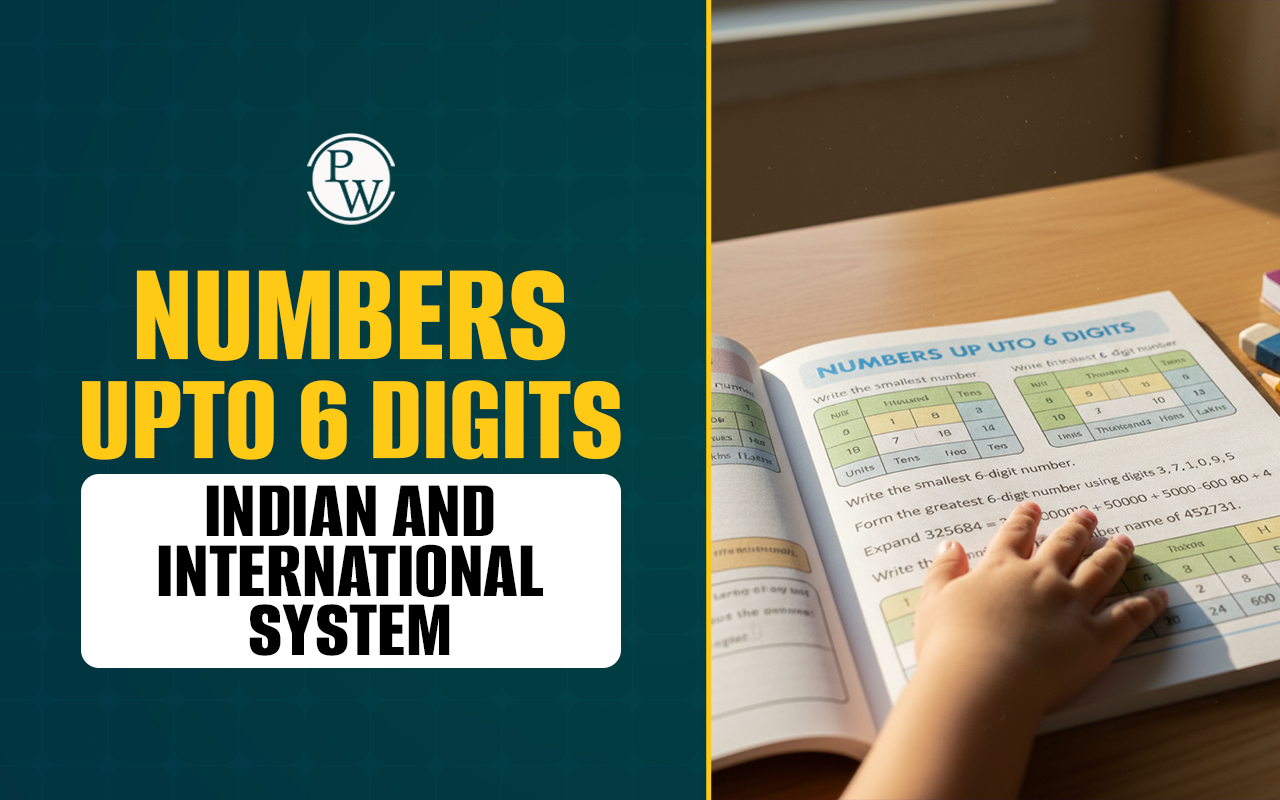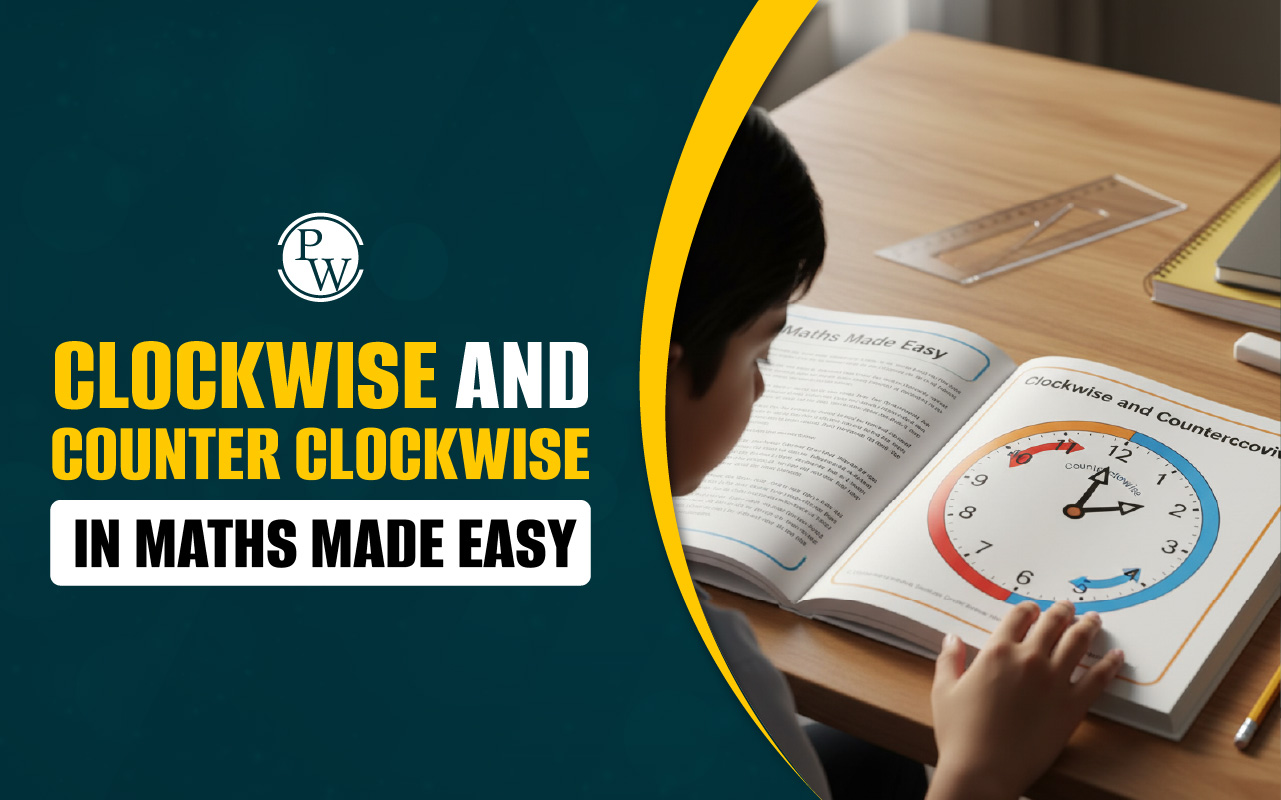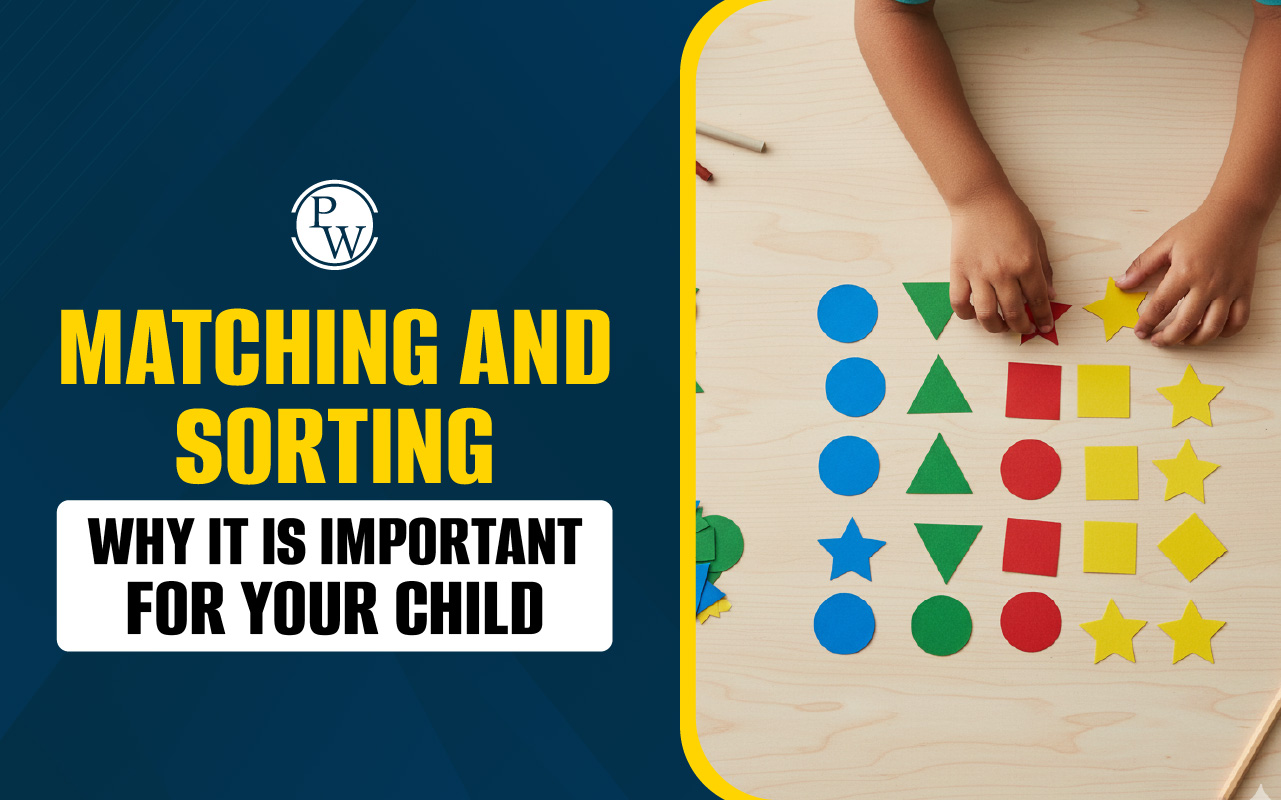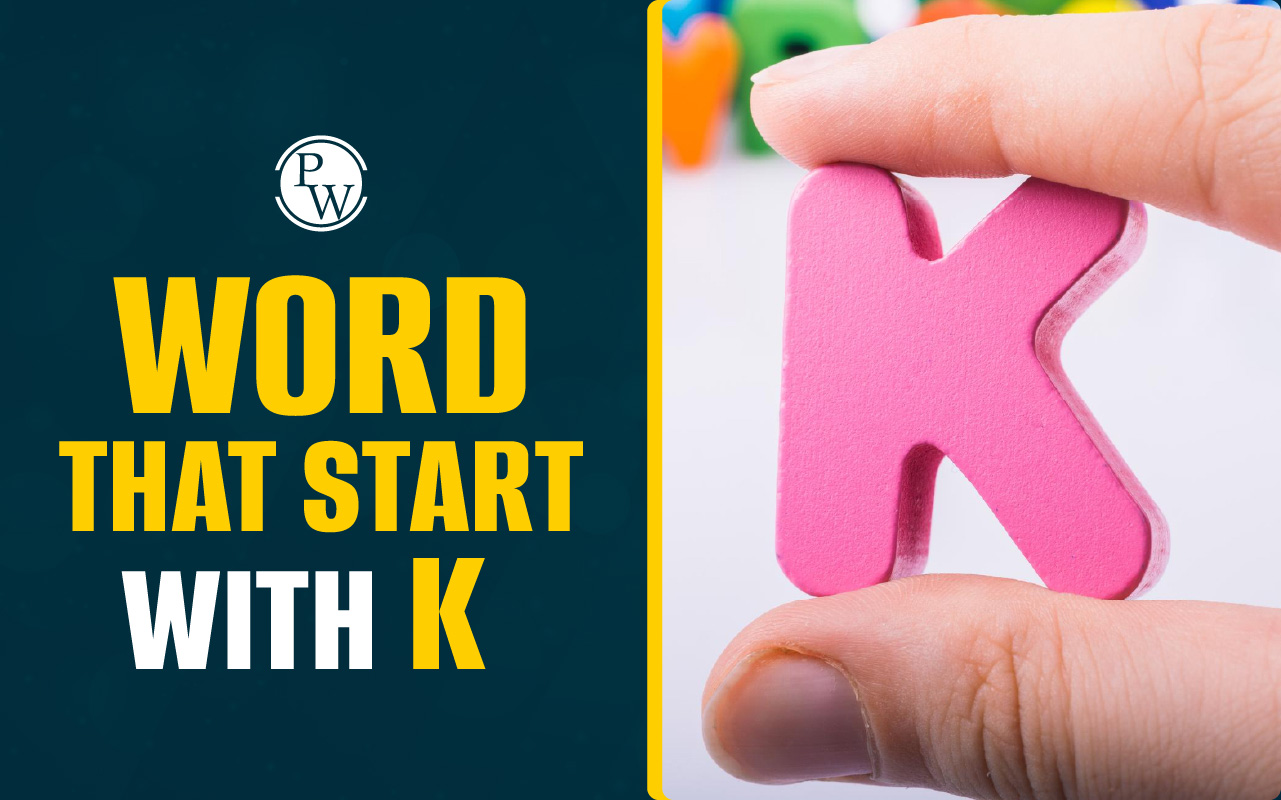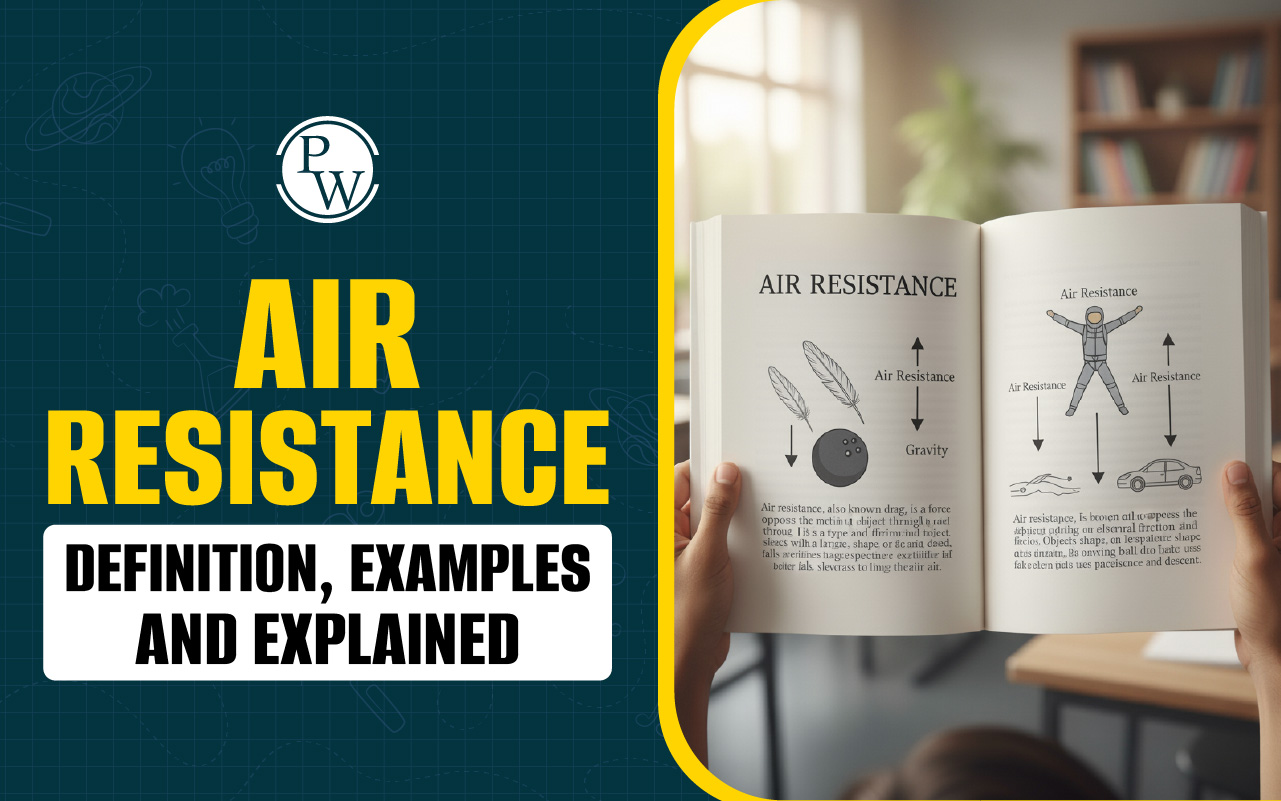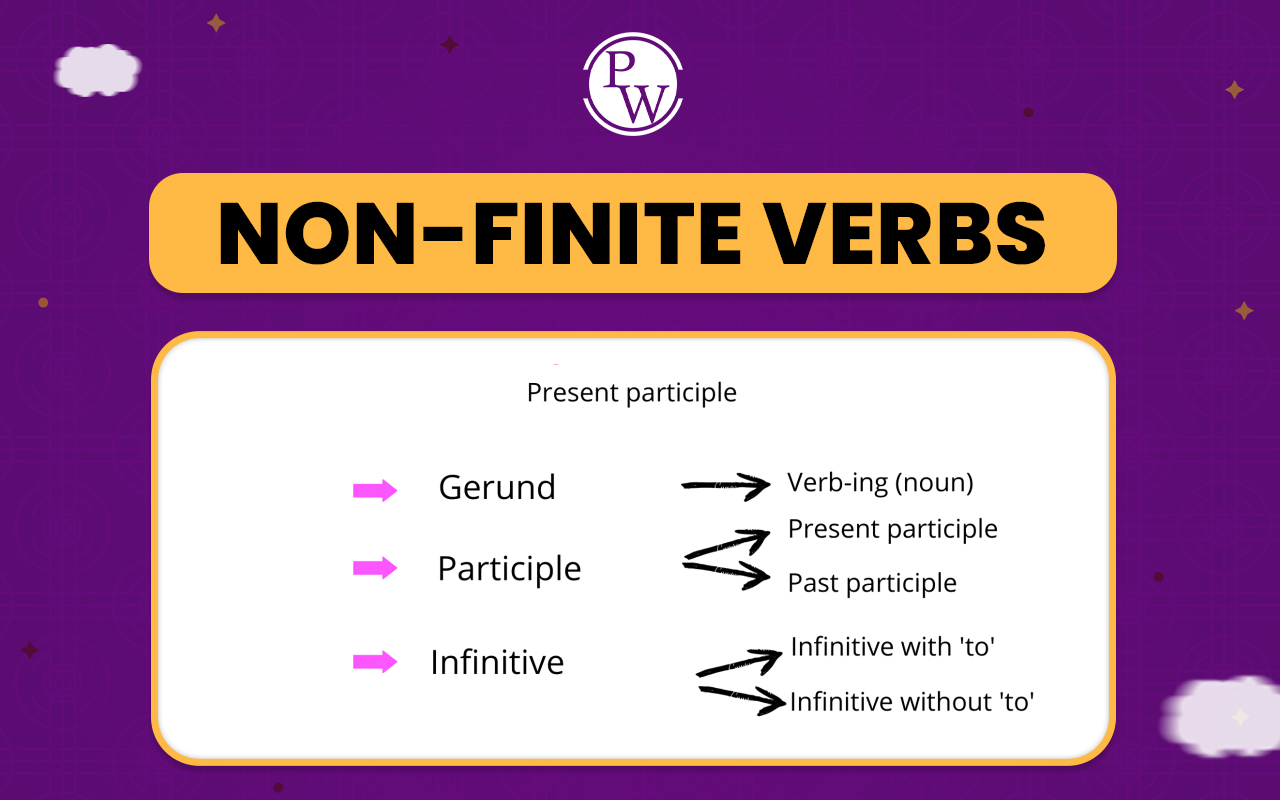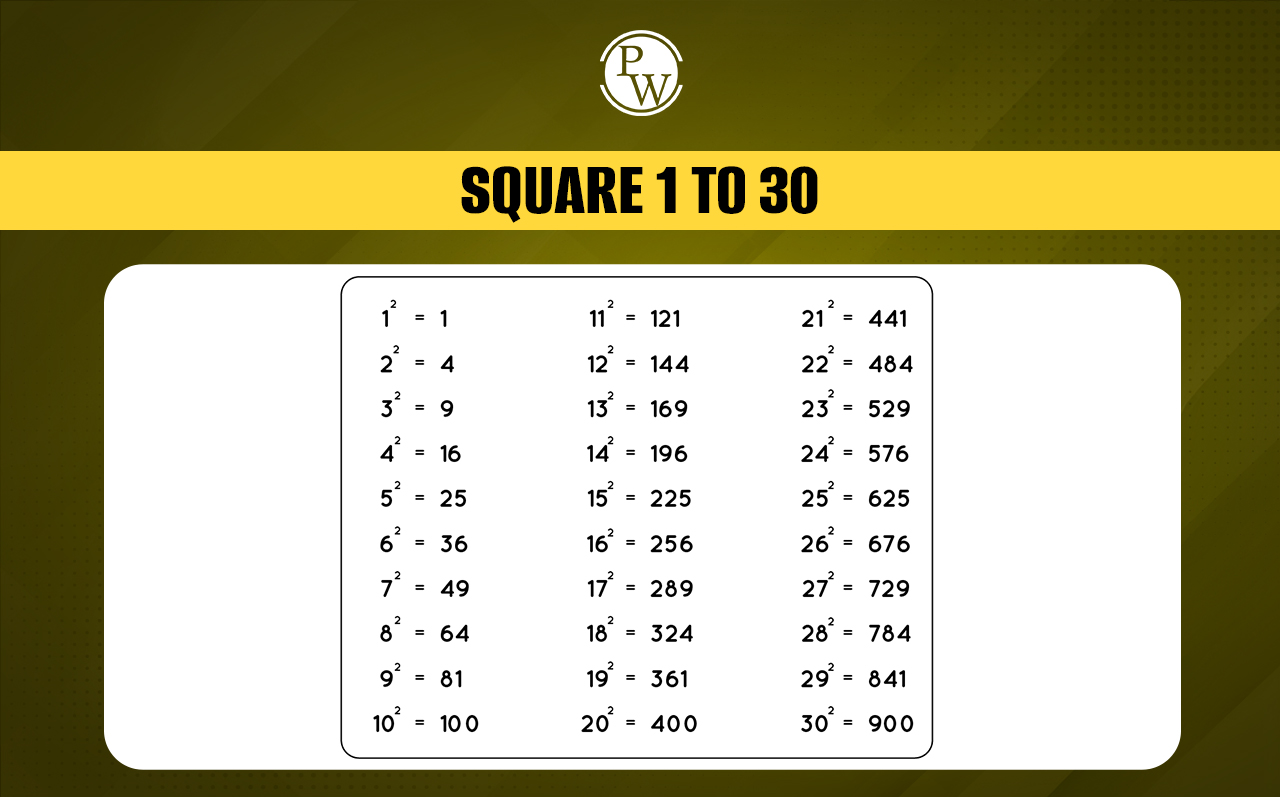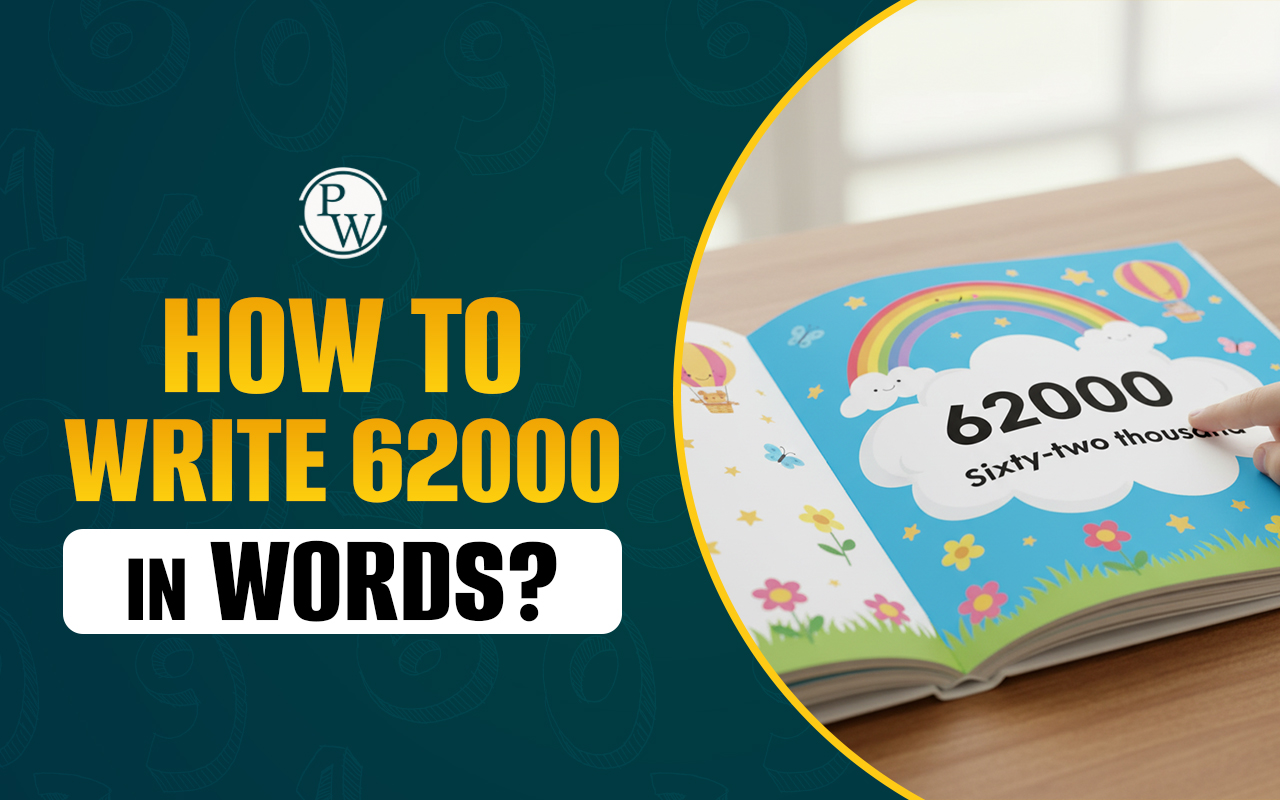
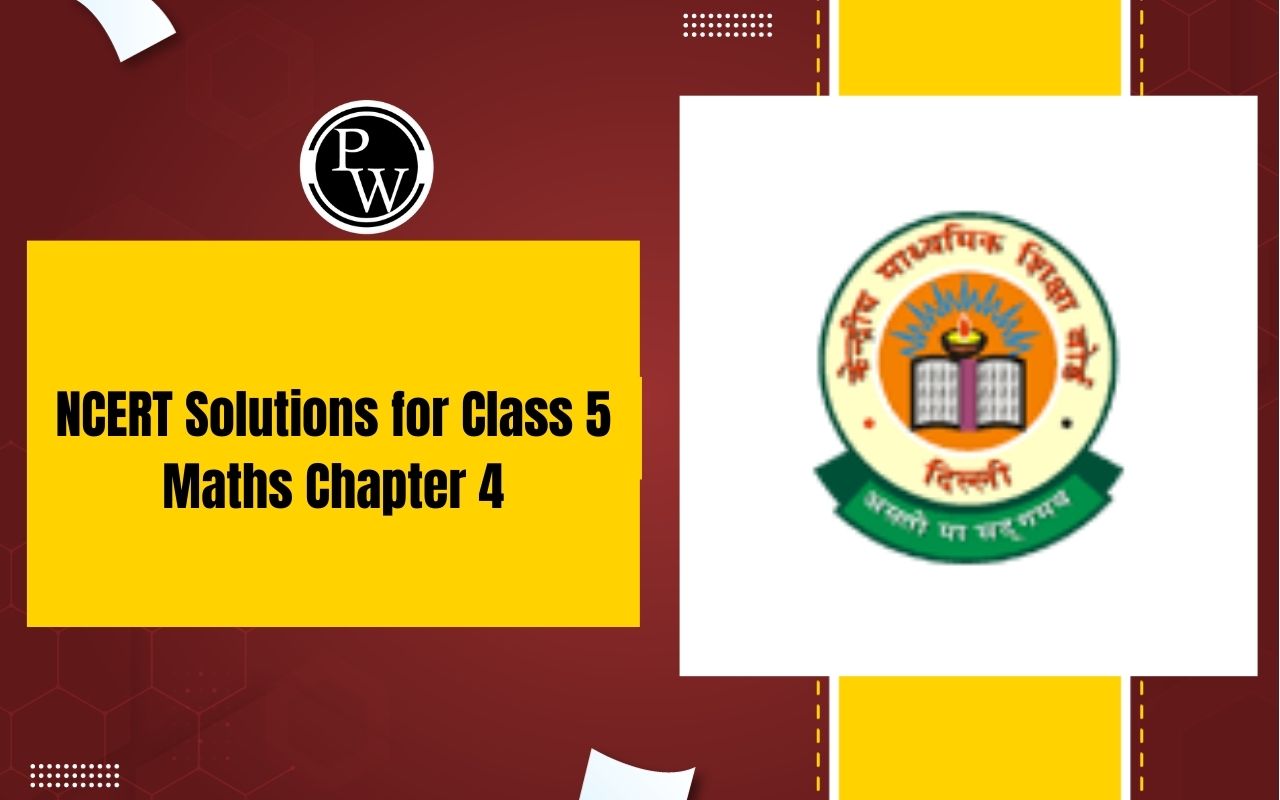
NCERT Solutions for Class 5 Maths Chapter 4: In Class 5 Maths Chapter 4, you'll find NCERT Solutions that help you understand fractions better. This chapter focuses on "Parts and Wholes," showing you how fractions work in everyday situations.
The solutions are easy to follow, with clear explanations and examples. They help you practice fraction-related problems and improve your math skills. Students can begin practicing offline by downloading the NCERT Solutions for Class 5 Maths Chapter 4 in PDF format from the link provided below.NCERT Solutions for Class 5 Maths Chapter 4 PDF
You can access the PDF for NCERT Solutions for Class 5 Maths Chapter 4 "Parts and Wholes" using the link provided below. This PDF contains detailed solutions to help you understand the concepts covered in the chapter. Whether you're struggling with fractions or want to practice more, these solutions provide step-by-step explanations and examples to guide you through each problem.NCERT Solutions for Class 5 Maths Chapter 4 PDF
NCERT Solutions for Class 5 Maths Chapter 4 Parts and Wholes
Exercise Page: 50
Page: 50
1. Draw a rectangle of length 9 cm and width 6 cm. Divide it into three equal parts and complete the flag.
The top one-third of our flag is saffron (or orange).
(i) What is the colour of the middle one-third of the flag?
Solution:-
The middle one-third portion of the flag is colored white.(ii) Where will you draw the Ashoka Chakra?
Solution:-
Draw the Ashoka Chakra in the middle of the white portion of the flag.(iii) How much of the flag will you colour green?
Solution:-
One-third of the flag will be colored green.(iv) Is the white colour now less than 1/3 of the flag? Why?
Solution:-
Yes. Since the Ashoka Chakra is present in the white portion of the flag, it occupies some space within the white area. Therefore, the actual white portion might be slightly less than one-third of the entire flag.2. Now look at this flag. How much of it is black?
 Solution:- If there are three portions in total, then one-third of the flag will indeed contain the black color.
Solution:- If there are three portions in total, then one-third of the flag will indeed contain the black color.
(i) The green part of the flag can be written as.
Solution:-
If one-third of the flag is green, then it can be represented as a fraction: 1/3.(ii) Is red less than one-third of the flag? Why?
Solution:-
Yes. If the white emblem is present in the red portion of the flag, then the actual red portion might be slightly less than one-third of the entire flag.3. This is the flag of Myanmar, our neighbour.
 (i) Is blue more than one-fourth of the flag or less?
(i) Is blue more than one-fourth of the flag or less?
Solution:-
If the blue color occupies less than one-fourth of the flag, it can be represented as a fraction: less than 1/4.(ii) Guess how much of the flag is red. Is it more than ½? Is it more than three-fourths?
Solution:-
It is more than half and also it is more than three-fourths.NCERT Solutions for Class 5 Maths
4. Practice time
(A) Chocolate bar
 Manju had a chocolate. She gave one-fourth of it to Raji, one-third to Sugatha and one-sixth to Sheela. She ate the remaining part. How many pieces of chocolate did each get? Write here.
Manju had a chocolate. She gave one-fourth of it to Raji, one-third to Sugatha and one-sixth to Sheela. She ate the remaining part. How many pieces of chocolate did each get? Write here.
Solution:-
Manju had a chocolate. Number of bites in the chocolate is 12. She gave one-fourth of it to Raji = ¼ × 12 = 3 bites Sugatha got one-third of it = (1/3) × 12 = 4 bites Sheela got one-sixth of it = (1/6) × 12 = 2 bites(i) What part of the chocolate did Manju eat?
Solution:-
Part of the chocolate remains with Manju = 12 – (3 + 4 + 2) = 12 – 9 = 3 bites Therefore, Manju ate 3 bites of chocolate.(B) Colour the hats
 (i) Colour 1/3 of the hats in red.
(i) Colour 1/3 of the hats in red.
(ii) Colour three-fifth of the hats blue.
(iii) How many hats did you colour red?
(iv) How many hats did you colour blue?
(v) What part of the hats are not coloured?
Solution:-
The total number of hats in the given figure = 15(i) Out of 15 colours, 1/3 of the hats are in red = 1/3 × 15
= 5 hats(ii) Out of 15 colours, three-fifth of hats are in blue = 3/5 × 15
= 3 × 3 = 9 hats(iii) 5 hats are coloured red.
(iv) 9 hats are coloured blue.
(v) Number of hats coloured = 14
Total number of hats = 15 So, the number of hats not coloured = 15 – 14 = 1 hat Therefore, (1/15) th part of the hats are not coloured.Patterns in parts Page: 57
1) Make different patterns by colouring some squares in grids B, C, D. What part of the grid did you colour? What part of the grid remained white? Write.
 Solution:-
Solution:-  2) Look at grid A again. Is the grid coloured
2) Look at grid A again. Is the grid coloured
(a) ½ blue, ½ white? (b) 2/4 blue, 2/4 white?
(c) 3/8 blue, 5/8 white? (d) 4/8 blue, 4/8 white?
Mark (X) on the wrong answer.
Solution:-
(a) ½ blue, ½ white (b) 2/4 blue, 2/4 white (c) 3/8 blue, 5/8 white (X) (d) 4/8 blue, 4/8 white Because (a) ½ blue, ½ white = 8/16 = ½ … [divide both denominator and numerator by 8] (b) 2/4 blue, 2/4 white = 8/16 = 2/8 … [divide both denominator and numerator by 4] (d) 4/8 blue, 4/8 white = 8/16 = 4/8 … [divide both denominator and numerator by 2]3) Draw grids of 16 squares and make patterns with
(a) 2/8 red, ½ yellow, ¼ green
(b) 3/16 blue, 5/16 red, ½ green
Solution:-
(a) 2/8 red, ½ yellow, ¼ green Out of 16 squares 2/8 red = 2/8 × 16 = 2 × 2 = 4 red squares Out of 16 squares ½ yellow = ½ × 16 = 1 × 8 = 8 yellow squares Out of 16 squares ¼ green = ¼ × 16 = 1 × 4 = 4 green squares (b) 3/16 blue, 5/16 red, ½ green Out of 16 squares 3/16 blue = 3/16 × 16 = 3 × 1 = 3 blue squares Out of 16 squares 5/16 red = 5/16 × 16 = 5 × 1 = 5 red squares Out of 16 squares ½ green = ½ × 16 = 1 × 8 = 8 green squares
(b) 3/16 blue, 5/16 red, ½ green Out of 16 squares 3/16 blue = 3/16 × 16 = 3 × 1 = 3 blue squares Out of 16 squares 5/16 red = 5/16 × 16 = 5 × 1 = 5 red squares Out of 16 squares ½ green = ½ × 16 = 1 × 8 = 8 green squares
 Ramu’s vegetable field Page: 58
Ramu’s vegetable field Page: 58
Ramu’s vegetable field has 9 equal parts.
1. What vegetables does he grow?
Solution:-
Ramu grows chillis, potatoes, brinjals, tomatoes and spinach in his vegetable field. i) Which vegetable grows in the biggest part of his field? What part?
i) Which vegetable grows in the biggest part of his field? What part?
Solution:-
He grows tomatoes in the biggest part of the field. Out of 9 equal parts, 3 of them contain tomato, i.e., (3/9) th part of his field contains tomato.ii) On what part of the field does he grow potatoes?
Solution:-
Out of 9 equal parts, 2 of them contain potatoes. So, (2/9) th part of his field contains potatoes.iii) What part of the field is used to grow spinach? What part is used for brinjals?
Solution:-
Out of 9 equal parts, only one part contains spinach. So, (1/9) th part of his field contains spinach. Out of 9 equal parts, 2 parts contain brinjals. So, (2/9) th part of his field contains brinjals.2. Ramu wanted to give these vegetables to his friends. He gave Aboobacker one-fifth of these tomatoes and 1/3 of the potatoes. Srija got 2/5 of the tomatoes and 3/6 of the potatoes. Nancy got the rest of these vegetables. Circle Aboobacker’s share in blue. Circle Srija’s share in yellow.
 Solution:- From the given figure, Total number of potatoes = 18 Total number of tomatoes = 20 From the question, Ramu wanted to give these vegetables to his friends. Aboobacker got one-fifth of these tomatoes = (1/5) × 20 = 1 × 4 = 4 Aboobacker got 1/3 of the potatoes = (1/3) × 18 = 1 × 6 = 6 Srija got 2/5 of the tomatoes = (2/5) × 20 = 2 × 4 = 8 Srija got 3/6 of the potatoes = (3/6) × 18 = 3 × 3 = 9 Then, Nancy got the rest of these vegetables. Total number of vegetables, including potatoes and tomatoes = 20 + 18 = 38 Number of vegetables Aboobacker and Srija got = 4 + 6 + 8 + 9 = 27 So, Nancy got = 38 – 27 = 11 vegetables
Solution:- From the given figure, Total number of potatoes = 18 Total number of tomatoes = 20 From the question, Ramu wanted to give these vegetables to his friends. Aboobacker got one-fifth of these tomatoes = (1/5) × 20 = 1 × 4 = 4 Aboobacker got 1/3 of the potatoes = (1/3) × 18 = 1 × 6 = 6 Srija got 2/5 of the tomatoes = (2/5) × 20 = 2 × 4 = 8 Srija got 3/6 of the potatoes = (3/6) × 18 = 3 × 3 = 9 Then, Nancy got the rest of these vegetables. Total number of vegetables, including potatoes and tomatoes = 20 + 18 = 38 Number of vegetables Aboobacker and Srija got = 4 + 6 + 8 + 9 = 27 So, Nancy got = 38 – 27 = 11 vegetables
 ( i) How many potatoes and tomatoes did Nancy get?
( i) How many potatoes and tomatoes did Nancy get?
Solution:-
From the above solution, Total number of tomatoes = 20 Total number of potatoes = 18 Then, Number of tomatoes Aboobacker and Srija got = 4 + 8 = 12 Number of potatoes Aboobacker and Srija got = 6 + 9 = 15 Now, Number of tomatoes Nancy got = 20 – 12 = 8 tomatoes Number of potatoes Nancy got = 18 – 15 = 3 Guess and Check Page: 61A) What part of each shape is coloured?
First, guess the answer, then check.
 Solution:-
Solution:-  By looking at the figure, we can say that 1/8 of the shape is coloured.
By looking at the figure, we can say that 1/8 of the shape is coloured.
(2)
 Solution:-
Solution:-  By looking at the figure, we can say that 1/6 of the shape is coloured.
By looking at the figure, we can say that 1/6 of the shape is coloured.
(3)
 Solution:-
Solution:-  By looking at the figure, we can say that 2/9 of the shape is coloured.
By looking at the figure, we can say that 2/9 of the shape is coloured.
(4)
 Solution:-
Solution:-  By looking at the figure, we can say that 3/12 of the shape is coloured.
By looking at the figure, we can say that 3/12 of the shape is coloured.
“Make it even smaller, Dad,” they asked.
So, he again cut the halwa into smaller pieces.
 “Ok, thank you, Dad.”
“Ok, thank you, Dad.”
(i) Now, how many pieces will each get?
Solution:-
Now, Ammu and Anu get four pieces each.(ii) What part of the halwa is each piece now?
Solution:-
Each piece is now 1/8 part of halwa.(iii) If Ramesh had cut the halwa into 6 equal parts, how many pieces each have got? Look at your answers for questions 1 to 4 and write — ½ = = =
Solution:-
If Ramesh had cut the halwa into 6 equal parts, each got 3 pieces of halwa. Then, ½ = 2/4 = 3/6 = 4/8 = 5/10 = 6/124. Parts of the Strip
(i) Look at the picture. Write what part of the strip is each green piece. Write the part for a piece of each colour.
 Solution:-
Solution:-  (ii) How many one-fourths will make a half?
(ii) How many one-fourths will make a half?
Solution:-
Two one-fourth will make a half. = ¼ + ¼ = 2/4 [divide both numerator and denominator by 2] = ½ = half(iii) How many 1/8 will make ¼?
Solution:-
Two 1/8 will make ¼. = 1/8 + 1/8 = 2/8 [divide both numerator and denominator by 2] = ¼(iv) How many 1/8 are in ½?
Solution:-
Four 1/8 are in ½. = 1/8 + 1/8 + 1/8 + 1/8 = 4/8 = ½ [divide both numerator and denominator by 4]5. Patterns
Look at the square.
 (i) What part is coloured blue?
(i) What part is coloured blue?
Solution:-
 From the above figure, we can say that out of 16 squares, 2 squares are coloured blue. i.e. 2/16 or 1/8 part is coloured blue.
From the above figure, we can say that out of 16 squares, 2 squares are coloured blue. i.e. 2/16 or 1/8 part is coloured blue.
(ii) What part is green?
Solution:-
From the above figure, we can say that, out of 16 squares, 1 square is coloured green. i.e., 1/16 part is coloured green.6. From a Part to the Whole
(i) This show 1/5 petals of a flower. Complete the flower by drawing the other petals.
 Solution:-
Solution:-  (ii) The picture shows one-third of the blades of a fan. Complete the picture by drawing the other blades.
(ii) The picture shows one-third of the blades of a fan. Complete the picture by drawing the other blades.  Solution:-
Solution:-  (iii) Half of the blades of another fan are shown here. Complete the picture by drawing the other half. How many blades have you drawn?
(iii) Half of the blades of another fan are shown here. Complete the picture by drawing the other half. How many blades have you drawn?  Solution:-
Solution:-  7. Rupees and Paise
7. Rupees and Paise  (i) How many will make one rupee?
(i) How many will make one rupee?
Solution:-
Two 50 paise coins make one rupee coin.(ii) Is 50 paise half of one rupee?
Solution:-
Yes, 50 paise is half of one rupee. (iii) How many will make one rupee?
(iii) How many will make one rupee?
Solution:-
Four 25 paise coins make one rupee.(iv) 25 paise is _________ part of one rupee
Solution:-
25 paise is ¼ part of one rupee.(v) 20 paise is _________ part of one rupee
Solution:-
20 paise is 1/5 part of one rupee. Five 20 paise coins make one rupee.(vi) How many 10 paise will make one rupee?
Solution:-
Ten 10 paise coins make one rupee.(vii) So, 10 paise is _____ part of one rupee.
Solution:-
So, 10 paise is 1/10 part of one rupee.8. Arun’s TimeTable
 Sleeping: One third of a day
Sleeping: One third of a day
Use different colours to show,
Playing: One eighth of a day
Studying: ¼ of a day
Solution:-
We know that, 24 hours in a day and above figure contains 25 box. So, Arun spent one eighth of a day for playing = (1/8) × 24 = 1 × 3 = 3 hours = 3 box He spent ¼ of a day for studying = ¼ × 24 = 1 × 6 = 6 hours = 6 box Sleeping Playing Studying Other activities
Sleeping Playing Studying Other activities
(i). How many hours does Arun take for Sleeping, studying and Playing?
Solution:-
8 hours for sleeping, 6 hours for studying and 3 hours for playing.(ii) What part of the day does he use for other activities?
Solution:-
He uses the 7/24 part of the day for other activities.9. School Magazine
A school has decided to bring out a magazine every quarter of the year. How many magazines will they have in a year? If they want to print it at the end of each quarter of a year, which are the months for printing? Mark the number for those months.
 Solution:- From the question, it is given that the school has decided to bring out a magazine every quarter of the year. We know that there are 12 months in a year. Quarter of the year = ¼ × 12 = 1 × 3 = 3 months So, every three months, the school has to bring out a new magazine.
Solution:- From the question, it is given that the school has decided to bring out a magazine every quarter of the year. We know that there are 12 months in a year. Quarter of the year = ¼ × 12 = 1 × 3 = 3 months So, every three months, the school has to bring out a new magazine.  10. Sleeping Beauty
10. Sleeping Beauty
Have you heard of Kumbhakarna, the brother of Ravana? He is famous for sleeping for half a year.
(i) Most people sleep about 8 hours a day. Then what part of the day is it?
Solution:-
We know that, 24 hours a day. Given, most people sleep about 8 hours a day = 8/24 = 1/3 part of a day(ii) So what part of the year do they sleep? A person 60 years old must have slept _______ years!!!
Solution:-
A person 60 years old must have slept for = 1/3 × 60 = 1 × 20 = 20 years11. Keerti’s shopping list
 Look at the yellow price list.
Look at the yellow price list.
a) How much does 2 kg of tomato cost?
Solution:-
From the price list, 1 kg of tomato = ₹ 12 Then, the cost of 2 kg of tomato = 12 × 2 = ₹ 24b) How much does kg of tomato cost?
Solution:-
From the price list, 1 kg of tomato = ₹ 12c) Kiran wants 2½ kg of tomato. How much will it cost?
Solution:-
From the price list, 1 kg of tomato = ₹ 12 For ½ kg of tomato = ½ × 12 = ₹ 6 Then, the cost of 2 kg of tomato = 12 × 2 = ₹ 24 So, the cost of 2½ kg of tomato = 24 + 6 = ₹ 30d) How much does 3½ kg potato cost?
Solution:-
From the price list, 1 kg of potato = ₹ 10 For ½ kg of potato = ½ × 10 = ₹ 5 Then, 3 kg of potato = 3 × 10 = ₹ 30 So, cost of 3½ kg of potato = 30 + 5 = ₹ 35e) What is the price of 1¼ kg of carrot?
Solution:-
From the price list, 1 kg of Carrot = ₹ 18 For ¼ kg of carrot = ¼ × 18 = 9/2 = ₹ 4.5 Then, 1¼ kg of carrot = 18 + 4.5 = ₹ 22.5f) She bought a gourd of weight 4¾ kg, and it costs?
Solution:-
From the price list, 1 kg of gourd = ₹ 8 For 4 kg of gourd = 8 × 4 = ₹ 32 For ¾ kg of gourd = ¾ × 8 = 3 × 2 = ₹ 6 Then, cost of 4¾ kg of gourd = 32 + 6 = ₹ 38g) Look at the shopping list in Keerti’s hand. How much will she have to pay to buy all of these?
Solution:-
| Item | Price per kg | Total price |
| Potato 2¼ kg | 10 | 22.50 |
| Carrot 3¼ kg | 18 | 67.50 |
| Gourd 1 ½ kg | 8 | 12 |
| Total | ₹ 102 | |
12. Raheem’s journey
Raheem has to travel 1¼ km to reach school. What distance does he travel to go to school and come back home?
Solution:-
From the question, it is given that To reach the school Raheem has to travel = 1 ¼ km = 5/4 km From school to home = 1 ¼ km = 5/4 km Total distance travelled by Raheem = 5/4 + 5/4 = 10/4 = 5/2 = 2 ½ km Therefore, he travels to go to school and comes back home = 2 ½ kmBenefits of NCERT Solutions for Class 5 Maths Chapter 4 Parts and Wholes
- Clarity: The solutions provide clear explanations and step-by-step methods to solve problems, helping students understand the concepts easily.
- Practice: Students get ample practice with various types of fraction-related problems, which reinforces their understanding and improves their problem-solving skills.
- Conceptual Understanding: The solutions focus on building a strong conceptual foundation, enabling students to grasp the fundamentals of fractions effectively.
- Confidence: By mastering the concepts and practicing with the solutions, students gain confidence in their ability to tackle fraction-related questions confidently.
NCERT Solutions for Class 5 Maths Chapter 4 FAQs
How can NCERT Solutions for Chapter 4 help me?
Are the solutions in line with the NCERT curriculum?
Can I use these solutions for revision before exams?
How can I improve my understanding of fractions using Chapter 4?



